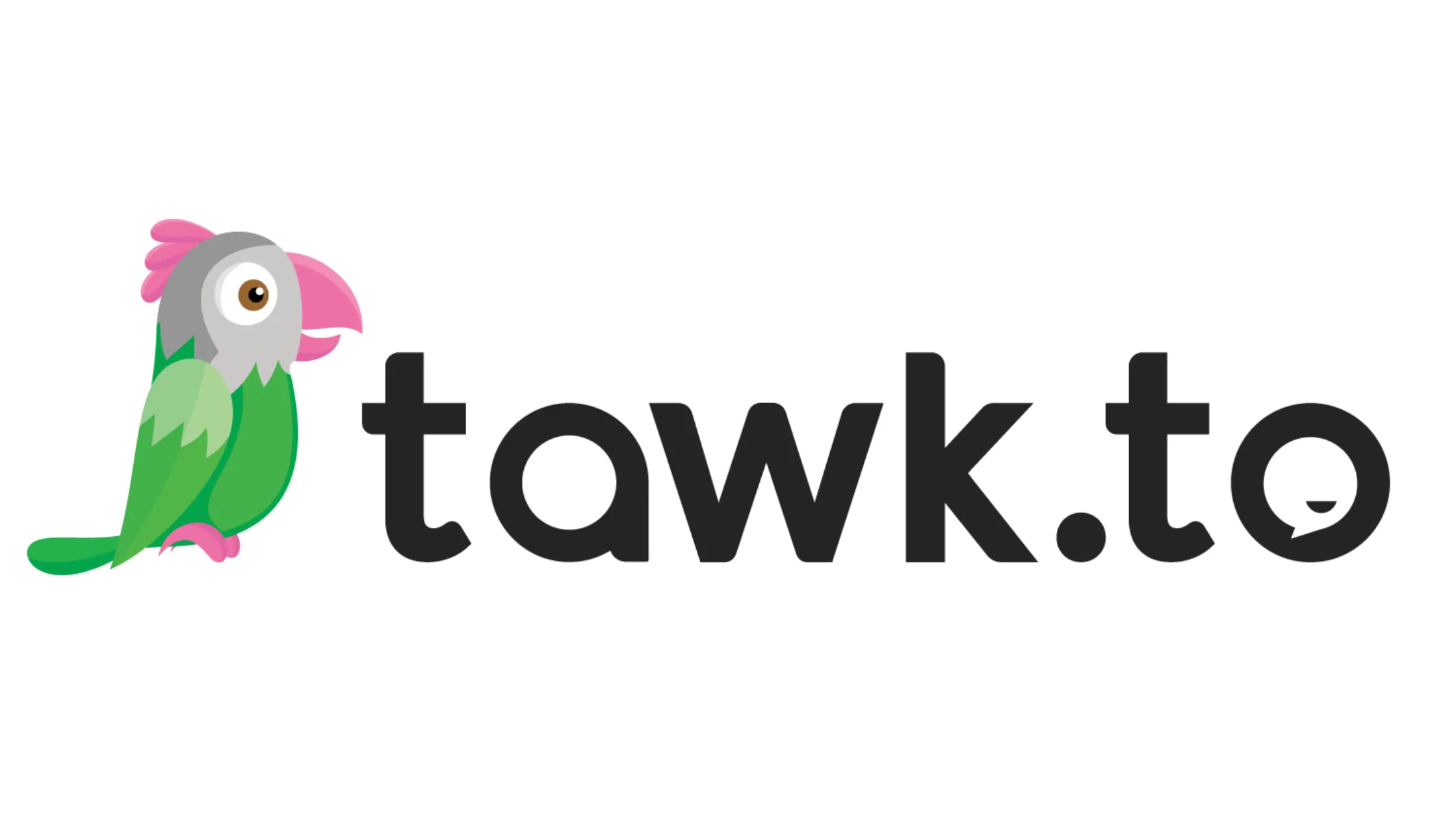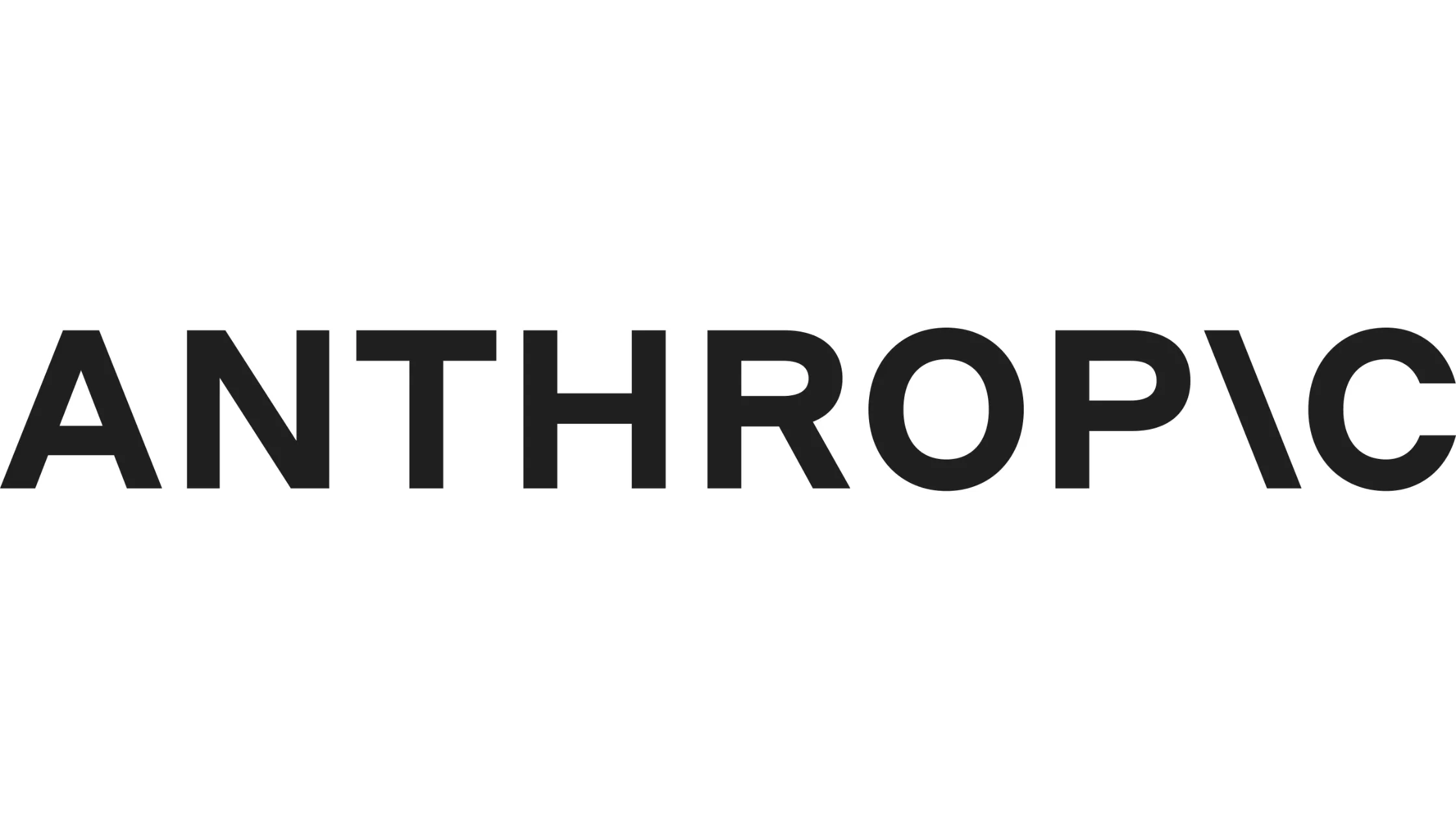
What is Customer Acquisition?
Master customer acquisition with practical tips for startup founders. Learn cost-effective strategies to grow your business effectively.
When you're just getting your startup off the ground, customer acquisition can feel like a big, intimidating task. You’ve got a great product or service, but how do you actually get people to use it? In this article, I’ll walk you through the fundamentals of customer acquisition, with a focus on early-stage strategies that will help you grow your customer base efficiently. Whether you’re a complete beginner or you’ve already got some customers trickling in, these insights should help you scale faster, and at Horizon Labs, we’ve seen these strategies work for startups across multiple industries, from healthtech to marketplaces.
What Is Customer Acquisition?
Customer acquisition refers to the process of gaining new customers for your business. It’s not just about throwing money into advertising; it’s about building systems and processes that attract and retain the right kind of customers. For startups, especially those at the pre-seed or seed stage, customer acquisition is critical for proving product-market fit and attracting investors. Without customers, you don’t have a business.
There are several key components to a successful customer acquisition strategy:
- Understanding your target audience
- Building brand awareness
- Optimizing your product for conversions
- Using cost-effective marketing channels
Let’s break each of these down.
Understanding Your Target Audience
The first step in customer acquisition is identifying who you’re trying to reach. Without a clear understanding of your target audience, even the best marketing campaigns will fail. You need to know:
- Who are your ideal customers? What are their pain points, needs, and desires?
- Where do they spend their time? Are they on social media, blogs, or forums?
- What influences their purchasing decisions? Is it price, convenience, quality, or something else?
At Horizon Labs, we work with a variety of startups across different sectors, and we always advise founders to create detailed customer personas. These personas help tailor your messaging and marketing efforts to the right audience, ensuring that you’re attracting customers who are genuinely interested in your solution.
Building Brand Awareness
Once you’ve identified your target audience, the next step is getting your brand in front of them. Early on, you might not have the budget for major ad campaigns, but there are cost-effective ways to build awareness:
- Content marketing: Write blog posts, create videos, or start a podcast that provides value to your target audience. Share insights, tips, and solutions that position your brand as an expert in your industry.
- Social media: Platforms like LinkedIn, Twitter, and Instagram allow you to connect directly with potential customers. Share updates, engage with followers, and use hashtags to reach a broader audience.
- Partnerships and collaborations: Partner with complementary businesses or influencers in your space to reach a wider audience. For example, we’ve helped startups in healthtech collaborate with local healthcare providers to build credibility and trust.
Optimizing Your Product for Conversions
Now that people are aware of your brand, how do you turn them into paying customers? It starts with optimizing your product or service for conversions. Here’s how:
- Make onboarding seamless: Ensure that new users can easily sign up and start using your product without friction. A clunky onboarding process can turn potential customers away.
- Highlight your value proposition: Clearly communicate what makes your product unique and why it’s the best solution for your target audience’s problem. Use testimonials, case studies, or product demos to back up your claims.
- Incentivize first-time users: Offering limited-time discounts, free trials, or bonuses for first-time customers can reduce the barrier to entry and encourage people to take the plunge.
Choosing the Right Marketing Channels
With limited resources, it’s important to focus your marketing efforts on the channels that are most likely to drive results. Here are some of the most cost-effective customer acquisition channels for startups:
- Search engine optimization (SEO): Optimizing your website for search engines helps you attract organic traffic. While it can take time to see results, it’s a long-term investment that pays off in the form of steady, qualified traffic.
- Paid advertising: If you have the budget, platforms like Google Ads or Facebook Ads allow you to target specific audiences based on demographics, interests, and behavior. Start small, test different campaigns, and scale what works.
- Email marketing: Building an email list allows you to nurture leads and turn them into paying customers over time. Send regular updates, offers, and value-driven content to keep your audience engaged.
- Referral programs: Encourage your existing customers to refer new users by offering them incentives, such as discounts or rewards. People are more likely to trust recommendations from their peers.
Measuring Success
Tracking your customer acquisition efforts is crucial for understanding what’s working and what isn’t. At Horizon Labs, we always emphasize the importance of data-driven decision-making. Key metrics to monitor include:
- Customer acquisition cost (CAC): How much does it cost to acquire a new customer? The lower your CAC, the more efficient your strategy.
- Customer lifetime value (CLV): How much revenue does the average customer generate over the course of their relationship with your business? Maximizing CLV helps ensure that your customers are providing long-term value.
- Conversion rates: What percentage of visitors to your website or product become paying customers? Improving your conversion rate can significantly impact your bottom line.
The Importance of Customer Retention
It’s easy to get caught up in the chase for new customers, but retaining your existing customers is just as important—if not more. In fact, retaining customers is often more cost-effective than acquiring new ones. Make sure you:
- Provide excellent customer service: Respond to customer inquiries quickly and solve any issues they may have.
- Offer loyalty programs: Reward your most loyal customers with discounts, exclusive offers, or early access to new products.
- Gather feedback: Regularly ask for feedback from your customers to understand what they like about your product and where you can improve.
Scaling Customer Acquisition as Your Startup Grows
As your startup begins to grow and you start acquiring more customers, it’s crucial to think about scaling your customer acquisition efforts in a sustainable way. At this stage, the processes you set up early on—like tracking key metrics and optimizing your channels—will pay off. Here are a few strategies for scaling customer acquisition as your business evolves:
Automating Your Processes
To scale efficiently, consider automating parts of your customer acquisition strategy. This will save you time, reduce manual effort, and allow you to focus on higher-level strategies. Some areas you can automate include:
- Email campaigns: Use marketing automation tools to set up drip campaigns for new leads or customers.
- Ad optimization: Tools like Google’s Smart Bidding or Facebook’s Automated Ads can help optimize your ad campaigns based on real-time data.
- Customer onboarding: Create an automated onboarding process that guides new users through your product’s key features.
Diversifying Your Channels
As your startup grows, you’ll want to expand beyond your initial customer acquisition channels. Start testing new platforms and approaches, such as:
- Influencer marketing: Partner with influencers or micro-influencers who have an audience that aligns with your target market.
- Podcast sponsorships: Find podcasts that cater to your ideal customer and explore sponsorship opportunities.
- Content syndication: Share your content on third-party platforms to increase visibility and reach new audiences.
Investing in Paid Advertising
Once you’ve established a solid customer base and know which messages resonate, it may be time to allocate more budget toward paid advertising. Be mindful of which channels perform best and continuously optimize your campaigns. You don’t need to spend a fortune to see results—just make sure that your ads are targeted, your messaging is clear, and your value proposition is compelling.
Hiring a Customer Acquisition Specialist
At some point, you may need to bring in an expert to help you manage and scale your customer acquisition efforts. A dedicated growth marketer or customer acquisition specialist can focus on optimizing your strategies, running experiments, and managing campaigns. Hiring someone with this expertise allows you to stay focused on product development and scaling other areas of your business.
How Horizon Labs Supports Your Customer Acquisition Journey
At Horizon Labs, we’ve helped countless startups fine-tune their customer acquisition strategies. Whether you’re looking to optimize your product for conversions or scale your marketing efforts, our experienced team can guide you through the process. We understand the unique challenges startup founders face, especially when resources are limited, and we specialize in helping startups build customer-centric products without the engineering headaches.
If you’re ready to take your customer acquisition strategy to the next level, contact us at info@horizon-labs.co or schedule a call at Horizon Labs Contact to see how we can help you build your tech better, faster, and cheaper than the competition.
Frequently Asked Questions (FAQs) about Customer Acquisition:
Q: What are some low-cost customer acquisition strategies for early-stage startups?
A: Early-stage startups can leverage a few cost-effective strategies to acquire customers. These include content marketing (such as blogging or creating helpful videos), engaging in online communities like Reddit or LinkedIn groups where your target audience gathers, and building an email list through lead magnets (free downloads or trials). Partnerships with complementary businesses or offering referral incentives can also help spread the word without a significant budget.
Q: How do I know if my customer acquisition strategy is working?
A: To determine the success of your customer acquisition strategy, monitor key performance indicators (KPIs) like customer acquisition cost (CAC), conversion rates, customer lifetime value (CLV), and overall return on investment (ROI) from your marketing efforts. Consistently analyze these metrics to see if you’re acquiring customers at a sustainable cost and if your campaigns are yielding positive outcomes. A/B testing different approaches can help refine your strategy.
Q: How does customer acquisition differ for B2B and B2C startups?
A: In B2B customer acquisition, the process often involves longer sales cycles, multiple decision-makers, and a more personalized approach. B2B startups typically focus on lead generation through channels like LinkedIn, content marketing (such as whitepapers and webinars), and direct outreach. On the other hand, B2C customer acquisition usually involves shorter buying cycles, higher volume, and a broader audience. B2C startups often prioritize digital advertising, social media, and referral programs to scale quickly.
Q: What role does customer retention play in customer acquisition?
A: While customer retention and acquisition are distinct concepts, they are closely intertwined. Satisfied customers who stick with your product are more likely to refer new customers, lowering your overall acquisition costs. Additionally, focusing on customer retention can help improve your customer lifetime value (CLV), making your acquisition efforts more efficient and sustainable. Retention strategies like loyalty programs and excellent customer support can indirectly fuel acquisition by driving word-of-mouth and repeat business.
Q: What are some common mistakes founders make with customer acquisition?
A: A common mistake is trying to scale customer acquisition too early before achieving product-market fit. If your product isn’t solving a real problem for your audience, pouring money into acquisition will lead to high churn rates. Another mistake is neglecting to track metrics properly—without knowing your customer acquisition cost (CAC) or conversion rates, it’s impossible to optimize your efforts. Lastly, relying too heavily on one channel (like paid ads) without diversifying can hurt your growth if that channel becomes saturated or expensive.
Q: How can startups improve their customer acquisition cost (CAC)?
A: Startups can reduce their customer acquisition cost by focusing on optimizing conversion rates, streamlining their sales funnel, and improving the user onboarding experience. It’s also helpful to prioritize organic channels, such as SEO and content marketing, which can bring in leads over time at a lower cost. Additionally, leveraging referral programs or word-of-mouth marketing can drive customer acquisition with minimal investment.
Q: How can I determine which customer acquisition channels are best for my startup?
A: Start by understanding where your target audience spends their time and how they prefer to engage with brands. Conduct customer research, including surveys or interviews, to gather insights. Then, experiment with different channels—such as social media, paid advertising, content marketing, or partnerships—and track the performance of each. Use metrics like conversion rates and customer acquisition costs to identify which channels are most effective. Testing different approaches in small batches allows you to focus resources on the highest-performing channels.
Q: How long does it typically take for a customer acquisition strategy to show results?
A: The timeline for seeing results can vary based on the type of strategy you’re using. Paid advertising may bring immediate traffic and conversions, but organic methods like SEO, content marketing, and community building can take longer to gain traction, sometimes months. A good approach is to combine short-term tactics (like paid ads or influencer campaigns) with long-term strategies (like content creation and SEO) to maintain a steady growth trajectory.
Q: Is customer acquisition more important than product development in the early stages of a startup?
A: Both customer acquisition and product development are critical in the early stages of a startup, but they need to work in tandem. While building a great product is essential, without a customer acquisition strategy, no one will know about it. However, focusing too heavily on acquisition without ensuring product-market fit can lead to poor customer retention and wasted marketing spend. Ideally, you should balance both—refining your product based on feedback from early customers while gradually scaling your acquisition efforts.
Q: What are some ways to leverage customer feedback for better acquisition?
A: Customer feedback is a valuable tool for improving your acquisition strategy. It helps you identify pain points in your product or customer journey, refine your messaging to better align with customer needs, and spot opportunities for new features or services. You can use feedback to create case studies, testimonials, or user-generated content that resonates with potential customers. Additionally, feedback can guide you in optimizing your website or sales funnel to improve conversion rates.
Q: How do customer acquisition costs change as a startup scales?
A: As a startup scales, customer acquisition costs (CAC) can fluctuate. Early on, acquisition costs may be higher due to the need to experiment with different channels and refine messaging. However, as you scale and optimize your processes, CAC may decrease as your brand gains visibility and credibility, leading to more organic growth. Over time, increased competition, channel saturation, or a broader customer base may drive CAC up again, which is why continuous optimization and diversification of your acquisition strategy are crucial.
Q: How can I use data to improve customer acquisition?
A: Data is key to refining your customer acquisition strategy. By analyzing your metrics—such as website traffic, conversion rates, customer acquisition cost (CAC), and customer lifetime value (CLV)—you can identify which channels, campaigns, or messaging are working and which aren’t. Tools like Google Analytics, customer relationship management (CRM) software, or marketing automation platforms can help you track user behavior, segment your audience, and personalize your outreach. Regularly reviewing this data allows you to make data-driven decisions and optimize your approach.
Q: What role does customer experience play in customer acquisition?
A: A great customer experience can significantly enhance your customer acquisition efforts. When users have a seamless, positive experience with your product or service, they’re more likely to recommend it to others, fueling word-of-mouth acquisition. Additionally, if your onboarding process is smooth and your customer support is responsive, it reduces the chances of potential customers abandoning your product early on. Prioritizing customer experience not only helps with retention but also attracts new customers through referrals and positive reviews.
Need Developers?
We help companies build ideas into apps their customers will love (without the engineering headaches).
















For Startups & Founders
We've been founders ourselves and know how valuable the right communities, tools, and network can be, especially when bootstrapped. Here are a few that we recommend.

Mistakes to Avoid When Building Your First Product
Learn the key mistakes founders make when building their first product—and how to avoid them for a faster, smoother launch.
Read more
The Rise of AI in Product Development: What Startups Need to Know
Learn how AI is transforming product development for startups. From MVPs to scaling, here’s what founders need to know in today’s AI-driven world.
Read more
No-Code vs. Custom Development: Which is Right for Your Startup?
Weighing no-code vs. custom development? Learn which is right for your startup depending on stage, budget, and product complexity.
Read more
What is Mixpanel?
Learn how Mixpanel helps startups track user behavior to improve products and accelerate growth with clear data-driven insights.
Read more
How Tawk.to Can Boost Your Startup’s Customer Support Game
Learn how Tawk.to can benefit startups by enhancing customer support and engagement. Perfect for early-stage founders!
Read more
Grow Your Startup With Anthropic's AI-Powered Tools
Discover how Anthropic's cutting-edge AI tools can accelerate your startup's success. Learn about their benefits and see why they can be trusted by startups.
Read more
What is Data-Driven VC?
Learn what a data-driven VC means and how such investors can benefit your startup’s growth and fundraising journey.
Read more
What is Blockchain?
A beginner-friendly guide on blockchain for startup founders, covering key concepts, benefits, challenges, and how to leverage it effectively.
Read more
What is Cybersecurity?
Learn cybersecurity basics tailored for startup founders. Understand key risks, best practices, and how to protect your startup from tech threats.
Read more
What is Seedcamp?
Learn what Seedcamp is, how its European seed fund and accelerator program work, and how founders can use its capital, mentorship, and network to scale their st
Read more
What is AngelList?
AngelList is a prime platform connecting startup founders to investors, talent, and resources to accelerate early-stage growth.
Read more
What is 500 Startups?
Learn what 500 Startups (now 500 Global) is, how its accelerator and seed fund work, and when founders should consider it—plus tips for early-stage startups.
Read more.png)